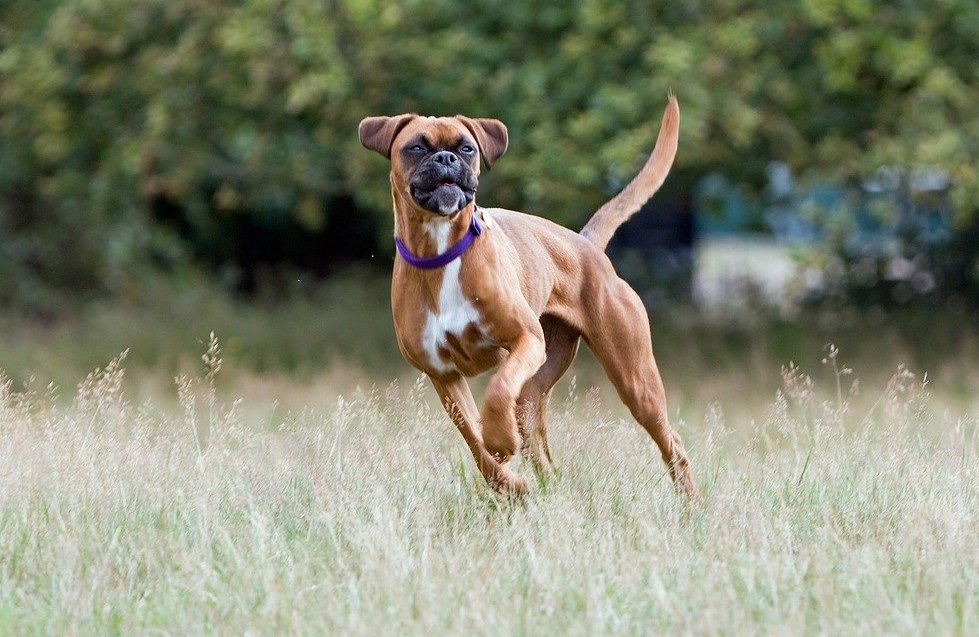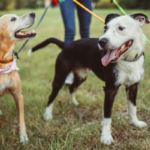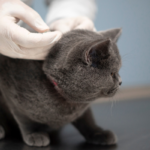One of the most common orthopedic conditions we see in dogs is cranial cruciate ligament disease, which is actually very similar to the injury seen in humans on the sporting field – rupture of the “ACL”. Cranial cruciate ligament disease is painful, will lead to arthritis and, if not treated correctly, can severely affect your dog’s quality of life.
The cranial cruciate ligament plays a vital role in stabilising the knee (stifle) joint. It connects the tibia (shin bone) to the femur (thigh bone) and is intricately associated with a ‘cartilage-like’ structure known as the meniscus. This meniscus plays a critical role in shock absorption in the stifle and is frequently damaged when the cranial cruciate ligament is injured.
Occasionally dogs will ‘snap’ the ligament due to overextension of the stifle joint. An example of this may be when a dog jumps from a height or turns quickly. The dog will present their injured hind leg, bearing no weight on it. Cranial cruciate ligament disease is more commonly a progressive and degenerative condition, resulting from stretching and partial tears of the ligament over time. As the disease progresses, there is a thickening of the joint and the development of osteoarthritis. The changes in the joint commonly lead to a complete rupture of the cranial cruciate ligament and damage to the meniscus. These dogs typically have a history of intermittent lameness, thickening of the joint and wasting of the thigh muscles.
Cranial cruciate disease can occur in any breed of dog but is seen most commonly in large breeds such as Labradors, Golden Retrievers, Boxers and Rottweilers. Alarmingly, approximately 50-70% of patients will eventually end up with cranial cruciate ligament disease in both stifle joints.
Examination of a dog under sedation or general anaesthetic will help diagnose the condition. If the ligament is damaged, we will be able to detect instability in the stifle. Radiographs will also reveal swelling within the stifle joint as well as signs of osteoarthritis.
If there is instability within the stifle joint, surgery is usually the best option for treatment. Some small dogs may respond to conservative treatment, such as rest and non-steroidal anti-inflammatory medication but may still develop severe arthritis in the future.
There are different surgical techniques for cranial cruciate ligament repair – the most common methods are a TPLO (tibial plateau levelling osteotomy) or extracapsular stabilisation procedure. If your dog ruptures their cruciate ligament, we will be able to give you more information on the most suitable type of surgery based on your dog’s medical history, size and the health of their other joints.
If you are ever worried about your pet please call us for advice. We are always here to help.





